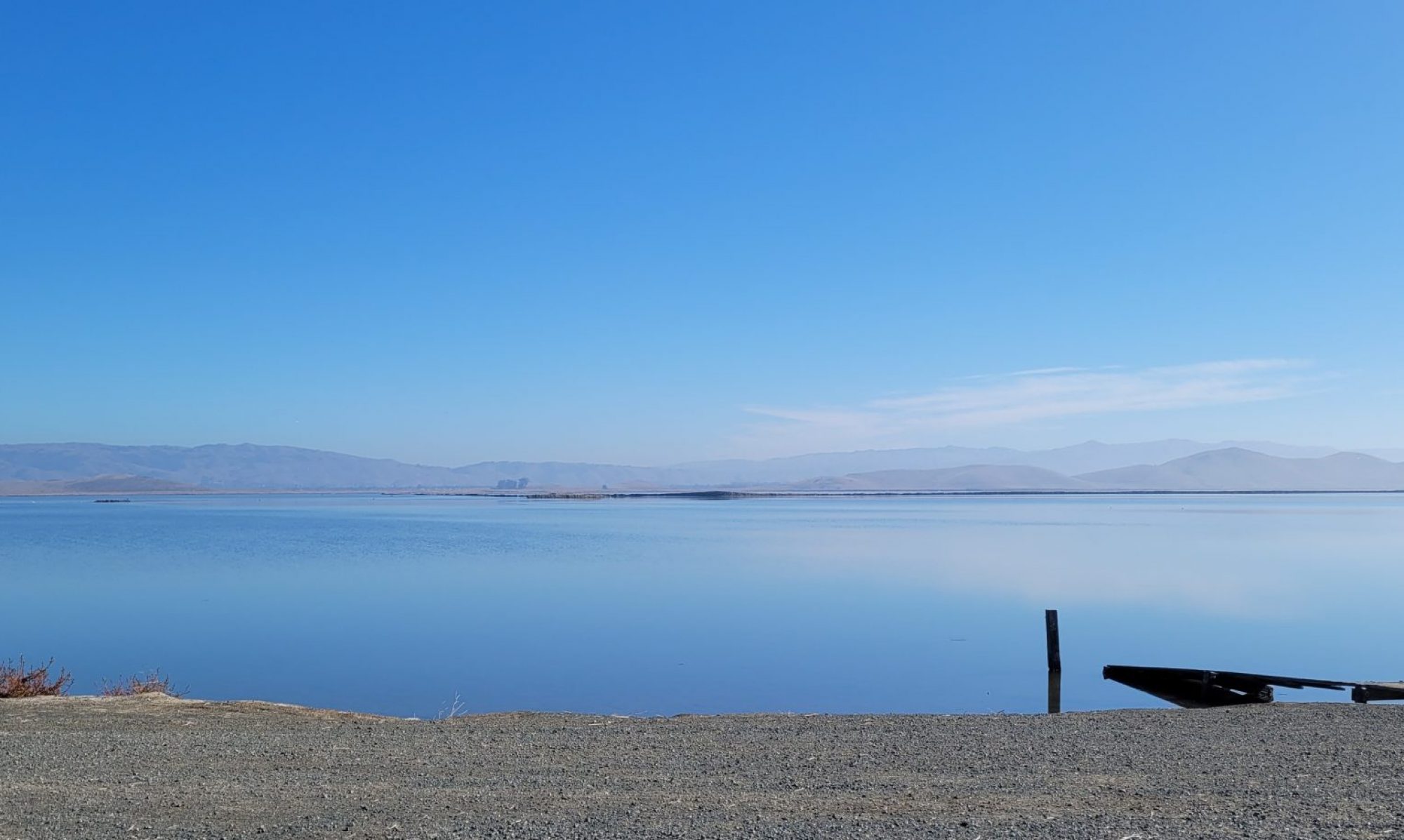
Diplodocus was one of the oldest dinosaurs discovered. Language is so imprecise, though. Were they the bones of a 120-year-old? Was he from the Triassic, the earliest dino-era? Nope. He was among the first dinosaurs found by the dinosaur hunters during the late 19th century. So Dippy–that’s what that first skeleton came to be known as–Dippy was famous because he was one of the first, but he became more famous for a bigger reason. Dippy was copied.
Diplodocus was one of those “big” dinosaurs I mentioned back with the letter “B.” He is classified as one of the sauropods, those giant, the huge, long-necked, long-tailed dinos who were vegetarian and too humongous to be messed with. The family tree of the Diplodocus, (or the clade called Diplodocidae) groups the Apatosaurs with the Diplos. Both groups had long necks and tails, but the Apatosaurs were stockier, whereas the Diplos tended to be skinny in the front and all the way to the back, with an almost whip-like tail. (Like Anne Elk said, if you remember *ahem* Anne Elk, they were thin to start with, then much much thicker, then thin again. *ahem*.)
diplo (double) + docus (beam)
Continue reading “D is for Diplodocus”


